If the thought of carving that Thanksgiving Day bird makes you blanch, David Tomov-Strock has some advice.
The most important tip: use a sharp knife. “The first time I tried to do it, I used a chef’s knife that was not sharp enough,” says Tomov-Strock (CAS’03, MET’13), who teaches Metropolitan College’s Cooking Up Culture Program for children. “So, I really just mauled that turkey. There were shreds of meat everywhere. But once you have a sharp knife, all the rest falls into place, because you can cut it as thin as you’d like and it looks attractive.”
The second tip is more of a reminder: a turkey is not simply a bigger chicken. “When you roast a chicken, the meat falls off the bone more easily,” he says. “You could almost pry it apart with a fork and still get beautiful pieces. But with a turkey, you really do have to cut it in order to get all those pieces.”
Tomov-Strock honed his own turkey-carving skills while a student in MET’s Master of Liberal Arts in Gastronomy program. “My parents had the idea—if you’re into cooking, why not cook us Thanksgiving dinner?” he says.
If you still can’t muster the courage to carve a large turkey, or you’re not expecting a crowd, Tomov-Strock demonstrates how to butterfly, stuff, and carve a turkey breast in the video above. Download the recipe here.
These days, he coordinates programs for the food and wine experiential programs at MET. He helps with events in the programs’ demonstration kitchen—Lidia Bastianich, the host of WGBH-TV’s Lidia’s Italy, a cookbook author, and a restaurateur, was in recently, taping a show—and teaches children and alumni. At Winterfest last year, he led a class on the food of the Balkans. This semester, he taught children kitchen skills and introduced them to dishes from Thailand. He loves it.
“A lot of these kids come in having not really done much in the kitchen,” Tomov-Strock says. “They’re afraid of the fire, they’re afraid of oil splashing on them or of using a knife. And some don’t have any experience eating cuisine outside of what they’re used to at home. It can be a real shock to them.”

The most important tool, says Tomov-Strock, is a sharp knife.
At the same time, he says, the children are always open to trying anything. Their reaction to the dishes from a recent class on Ghana, some of them spicy, surprised him. “We had toned it down for the kids, but it still had a good kick to it,” he says. “And the kids were coming up for seconds and even thirds. They loved it.”
Tomov-Strock’s childhood experiences with food were the opposite of some of his students’. Although there wasn’t much of a culinary scene, in Saratoga Springs, N.Y., where he grew up, mealtimes at home were anything but bland. His journalist father had lived in Mexico, Vietnam, and Hong Kong, and his mother is from the Philippines. “I was eating sushi as a kid, when nobody had even heard of it,” he says.
He began thinking about food as a career while working in BU’s financial aid office. The MET master’s in gastronomy caught his eye. He took his first class, the history of food, and fell in love. For his capstone, he left his job to enter the intensive, semester-long Certificate Program in the Culinary Arts. Students have the opportunity to work with practicing chefs, like master chef Jacques Pépin (Hon.’11), a MET instructor, a renowned author, and a television cooking show host who cofounded MET’s MLA in gastronomy program with Julia Child (Hon.’76). “He is one of the few chefs remaining who went through the French apprentice system,” says Tomov-Strock. “And you can see how that training really benefited him. Look up a video of him mincing garlic. It’s incredible to watch.”
That leads us to Tomov-Strock’s third suggestion—on where to carve the turkey: in the kitchen or at the dinner table. He prefers the latter. “The whole roasted bird on your table is very impressive,” he says. “It reminds you of the bounty that we’re celebrating at Thanksgiving.”
Download the recipe for the stuffed turkey breast here.


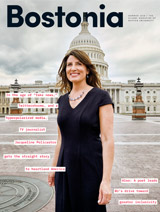




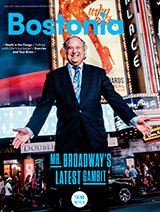

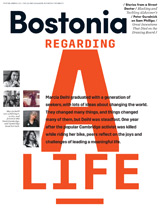
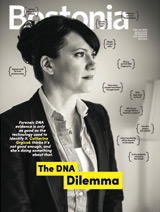

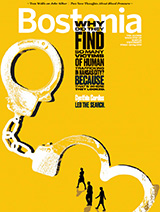



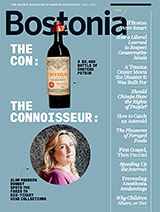
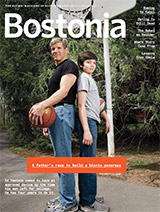
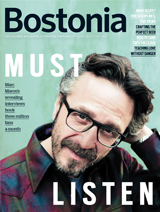

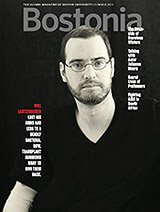
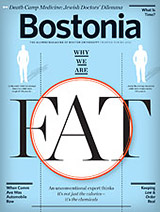

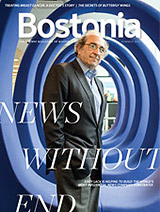



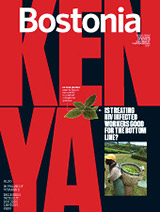
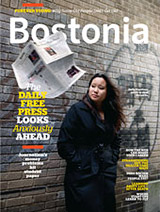
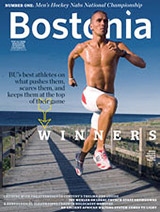
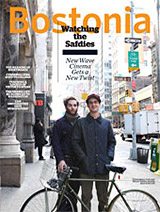

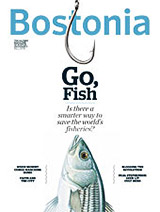

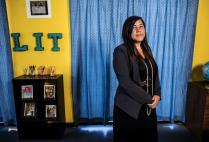
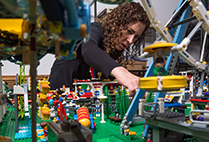

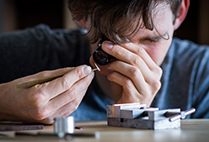




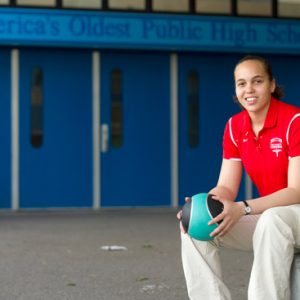
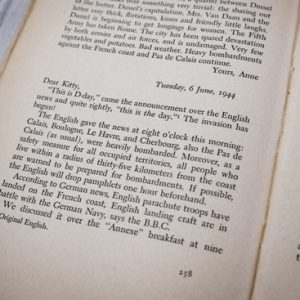



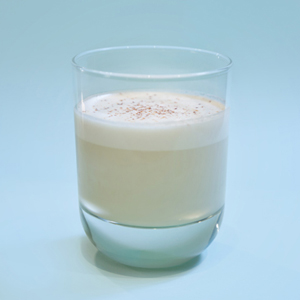
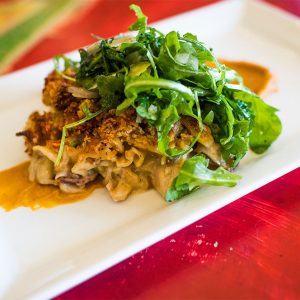
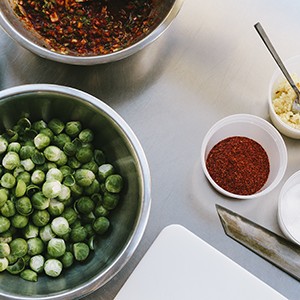
Everything looks perfect, but why would you poke the meat with a fork? I never use turning forks because it pierces the meat and allows the juices to flow out of the meat, the exact place where we have been trying to keep them all along.
If you have let the turkey rest before carving it, the fork should not make a difference.